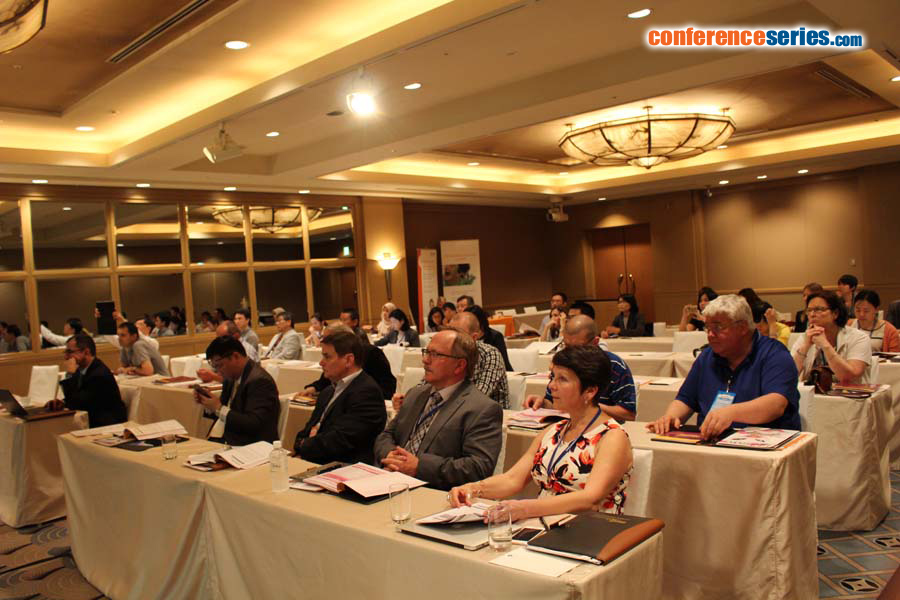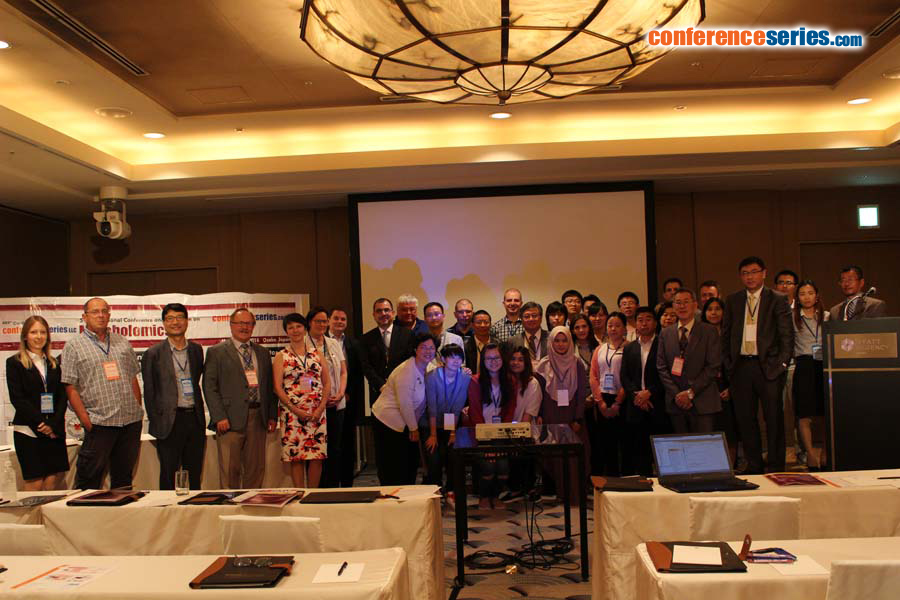
Yonghai Lu
National University of Singapore, Singapore
Title: Mass spectrometry-based metabolomics reveals that serum lysophospholipids are associated with incident type 2 diabetes
Biography
Biography: Yonghai Lu
Abstract
Type 2 diabetes (T2D) usually presents years before becoming clinically apparent, and it is thus crucial to identify more sensitive and specific biomarkers for early diagnosis of this disease. In this study, we applied an integrated mass spectrometry-based untargeted metabolomics approach to characterize serum metabolic profiles in 197 incident T2D cases and 197 healthy controls matched by age and gender, in order to identify metabolic signatures associated with incident T2D. A series of 51 metabolites were found to be altered significantly in cases compared to controls. In addition to widely reported branched-chain amino acids (leucine, isoleucine, and valine) and free fatty acids (palmitic acid, stearic acid, oleic acid, and linoleic acid), we found seven lysophospholipids were significantly associated with the risk of T2D, including lysophosphatidylglycerol (LPG) (12:0) and lysophosphatidylinositol (LPI) species (16:1, 18:1, 18:2, 20:3, 20:4, and 22:6). Odds ratios for the seven lysophospholipids per standard deviation increment ranged from 1.43 to 2.10. Of these, LPI (16:1) showed a good capability for prediction of T2D in both at-risk individuals with high glycated hemoglobin (HbA1c) levels (≥6.5%) and those with normal HbA1c values (<6.5%), with area under the curve (AUC) values of 0.806 and 0.754, respectively. Our study indicates that LPI (16:1) emerges as a potential predictor for diabetes development, although the finding was observed in a single and small cohort, raising the need for further independent validation in well-designed and large-scale studies



